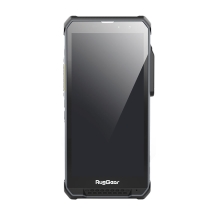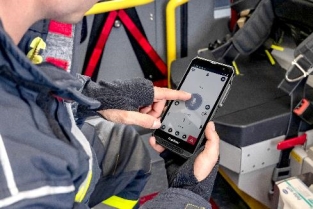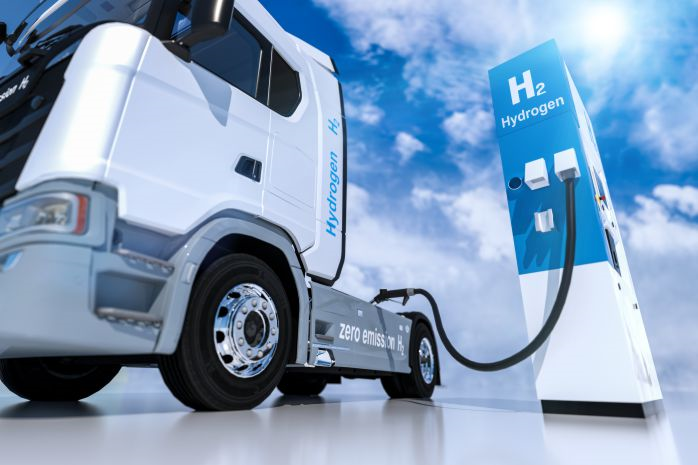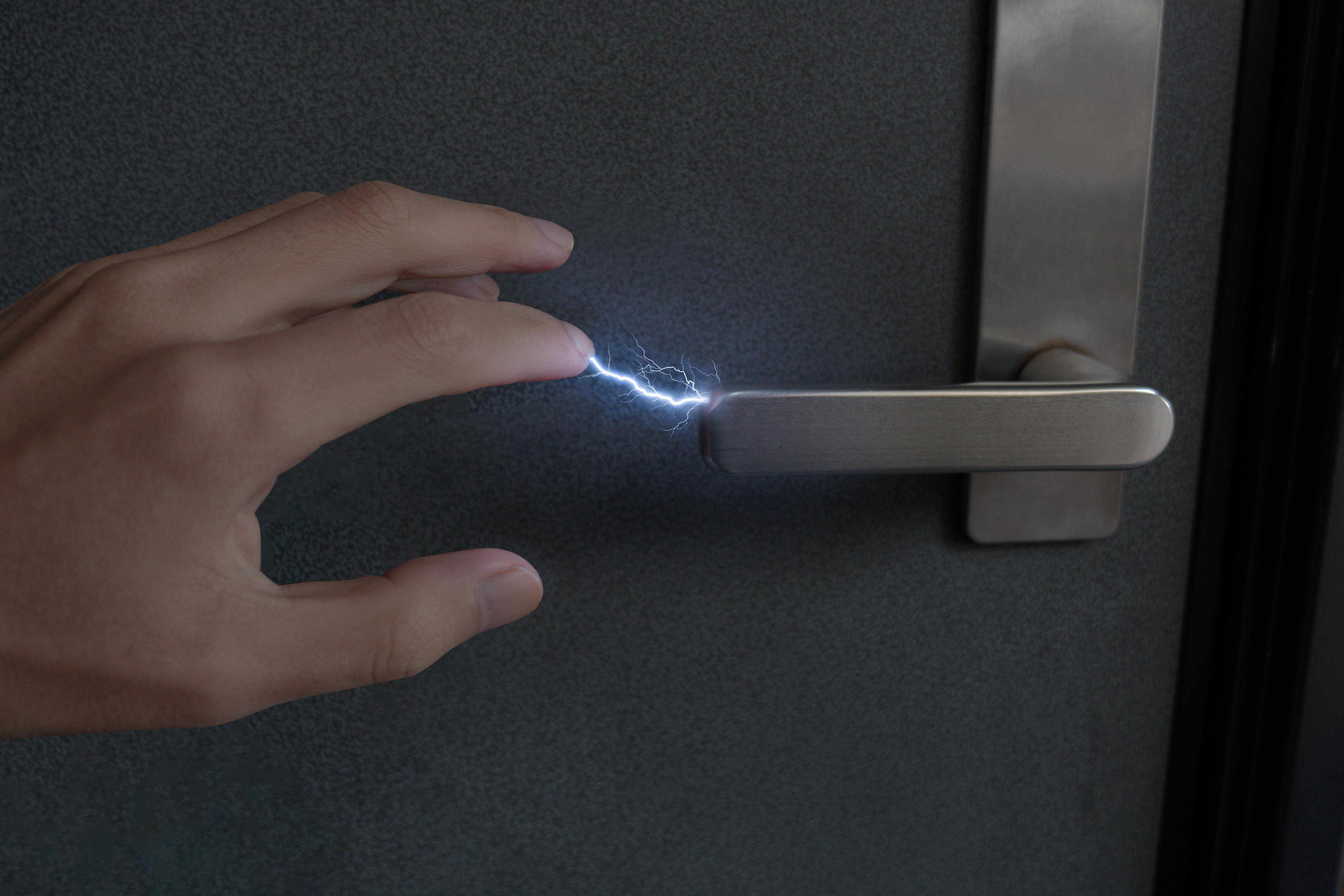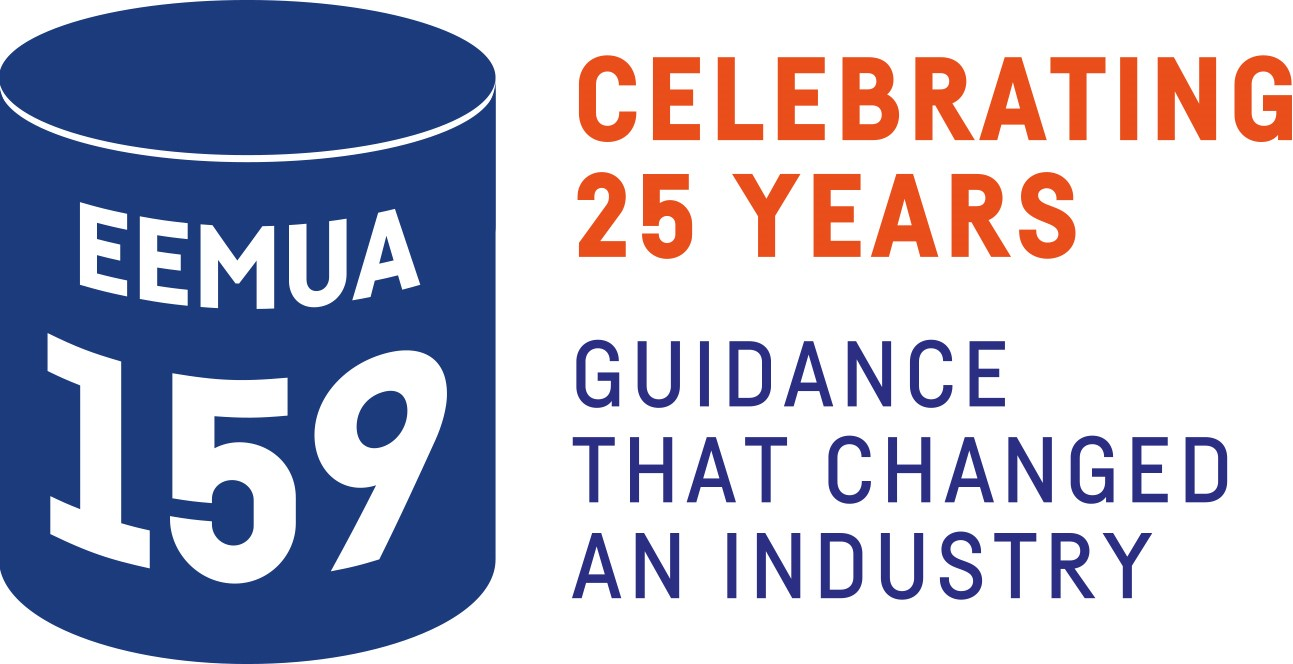|
|
5.5-inch smartphone with advanced features has been developed for mission critical and industrial communication
|
|
Lauda-Koenigshofen, October 05, 2023 - RugGear®, a leading designer and manufacturer of rugged mobile devices for professional mission critical and industrial use introduces a new LTE smartphone: The RG880 supports companies and public safety organisations in their digitalisation process and can be operated worldwide on all networks. The smartphone is equipped with the PTT/MCPTT-optimised Snapdragon® 680 4G Mobile Platform from Qualcomm Technologies, Inc. and supports 3GPP Release 12. The Android™ 13 rugged device is slim and handy in design and has been completely adapted to the needs of users: A large PTT button on the side, an SOS button for lone worker use (via third-party LWP app) and a switch button for individual or group PTT calls, as well as other freely assignable buttons, make everyday work easier. A clear 5.5-inch screen, a new, innovative speaker design and a fingerprint sensor complete the feature package. Target industries include public safety, industrial production, energy, site construction and transport.
Powerful features and forward-looking design
The powerful Snapdragon 680 4G Mobile Platform supports optimised transmission of voice, video and data information - important for safety-critical applications.
RugGear's R&D team has created high audio quality from the 103db speaker through a special, innovative design (the speakers are positioned across the full width of the device and sloped downwards for good audio distribution). Even when the device is worn in use with the screen facing the body, very good audio transmission is possible in noisy environments.
With the 50 MP main camera, users can capture high-resolution images and videos in real time, which is particularly needed in the maintenance sector and for surveillance tasks. As a support, an additional flash offers better quality for night shots.
Another highlight of the new industrial smartphone is the powerful, replaceable 4500 mAh battery, which guarantees a long runtime. The RG880 can also be used in multi-shift operation, as the device can be quickly and easily fitted with a replacement battery. The entire unit remains drop-proof and water-resistant even when the cover is open. The battery supports QC3.0 (18W fast charging) and adopts DRX software power-saving technique (DRX: PTT calls when screen-off, saves power and is convenient).
Extensive security features and worldwide network coverage
Through the side fingerprint sensor, the device can be unlocked quickly and securely, which is particularly useful when emergency personnel are wearing face protection and facial recognition control is not possible.
|
|
The PTT/MCPTT button on the side and the talk group switch allow easy selection between individual and group calls within the range of mobile networks and WLAN. Users can connect a headset or RSM via the secure 13-pin interface or use an RSM via Bluetooth. Additional accessories include a belt clip, desk charger, multi desk charger and a car holder for safe field travel.
The RG880 is compatible with global carrier cellular standards, allowing it to be used in international, multi-country teams. It supports eMBMS, saving significant network resources and is GCF-certified.
Multifunctional satellite positioning technology (the RG880 supports GPS, GLONASS, Galileo, Beidou and A-GPS) allows positions to be determined quickly and with high precision in the event of immediate emergency response.
Like the entire RugGear range, the RG880 has passed military tests (IP68, MIL-STD-810H, with 1.5 m drop protection and 1.2 m water resistance), making it suitable for use in harsh working environments with heavy rain or snow, extreme temperature fluctuations and humidity.
The RG880 will be available shortly.
For more information and technical details, click here.
Press images for download are available here.
TECHNICAL HIGHLIGHTS
- Snapdragon® 680 4G Mobile Platform, 2.4 GHz QCI:1-9,65,66,67, 69,70, supports MCPTT, 3GPP Rel.12
- 5.5-inch HD+ Display (720 x 1440 pixels), 18:9, sunlight readable, use with wet hands/gloves
- Dimension/weight: 161 x 75 x 15.8 mm, 267 g
- 50 MP rear camera PDAF, 8 MP front camera FF, support flash
- Innovative sound design, amplified 2 W loudspeaker 103 dB, MIC noise reduction
- Li-ion 4500 mAh battery, removable, QC 3.0 support
- Wi-Fi®: 802.11 a/b/g/n/ac/e/k/r/v; Wi-Fi 6 ready (2.4 GHz - 5 GHz)
- AndroidTM 13, GMS
- 128 GB ROM, 6 GB RAM
- Large, programmable side key (e.g. for PoC / PTT), side fingerprint sensor, SOS key for LWP, PTT switch button, freely assignable additional buttons
- GPS / A-GPS / Glonass / Galileo / Beidou
- 13-pin interface for secure connection of PTT headset and PTT-RSM
- Extensive frequency bands:
GSM: 850/900/1800/1900 MHz
WCDMA: B1/2/4/5/8
TDD-LTE: B34/38/39/40/41(full)
FDD-LTE: B1/2/3/4/5/7/8/12/13/14/17/20/28/66
For more information on RugGear®, please click here:
RugGear® on the net: www.ruggear.com
RugGear® on LinkedIn: https://www.linkedin.com/company/ruggearglobal/
RugGear® on YouTube: https://tinyurl.com/youtube-ruggear

